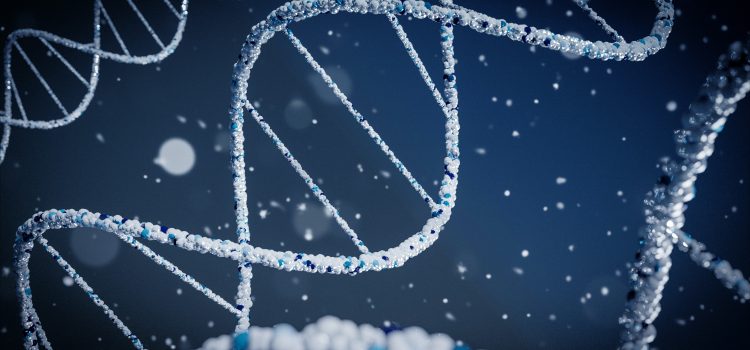
Introduction:
Ludwig van Beethoven, the renowned composer of the classical era, has long captivated the world with his brilliant compositions and enigmatic personal life. Despite his lasting impact on music, the details of Beethoven’s genealogy have remained shrouded in mystery. However, recent breakthroughs in scientific analysis, specifically the examination of Beethoven’s preserved hair samples, have offered unprecedented insights into the composer’s family history. In this article, we delve into the remarkable story of how these humble strands of hair have unraveled the mystery surrounding Beethoven’s genealogy, forever altering our understanding of his lineage.
1. The Quest for Clues:
For centuries, scholars and historians have embarked on a quest to trace Beethoven’s ancestry, seeking to shed light on the influences that shaped his musical genius. However, limited historical records and gaps in the composer’s personal documentation made this task incredibly challenging. Nevertheless, the advent of scientific advancements provided a glimmer of hope for a breakthrough.
2. Beethoven’s Hair: A Time Capsule:
Preserved locks of Beethoven’s hair, carefully safeguarded for more than two centuries, emerged as a potential goldmine of genetic information. These strands held the potential to unlock the secrets of Beethoven’s genealogy, offering a glimpse into his familial ties and potentially revealing unknown relatives.
3. The Science of DNA Analysis:
Scientists and geneticists embarked on a meticulous journey to extract and analyze DNA from Beethoven’s hair samples. Through advanced DNA sequencing and comparison techniques, they aimed to unravel the composer’s genetic makeup, identify potential relatives, and shed light on his familial heritage.
4. Unexpected Revelations:
The analysis of Beethoven’s DNA yielded astonishing revelations that transformed our understanding of his genealogy. Researchers discovered previously unknown family connections, challenging existing narratives and providing fresh perspectives on Beethoven’s lineage. These findings not only uncovered hidden branches of the composer’s family tree but also raised intriguing questions about the influences that shaped his musical development.
5. A Journey through Generations:
The revelations from Beethoven’s genealogy have allowed us to trace his familial connections across generations. By piecing together the puzzle of his family history, researchers have been able to shed light on the individuals who influenced and inspired the composer throughout his life. From distant relatives to close kin, these connections offer a deeper appreciation for the personal and cultural contexts that contributed to Beethoven’s artistic legacy.
6. Exploring Ancestral Influences:
Understanding Beethoven’s genealogy has also shed light on the potential ancestral influences that may have shaped his musical style. By examining the backgrounds and artistic inclinations of his newfound relatives, researchers can draw connections between their creative pursuits and Beethoven’s own compositions. This insight adds a richer dimension to our appreciation of his works, unveiling the intertwined tapestry of family and artistic inspiration.
7. Ethical Considerations and Historical Preservation:
The use of Beethoven’s hair samples for DNA analysis raises ethical considerations regarding the posthumous examination of historical figures. While these discoveries have expanded our understanding of Beethoven’s genealogy, it is essential to approach such research with sensitivity, ensuring that the privacy and dignity of the deceased and their descendants are respected.
Conclusion:
The unravelling of Beethoven’s genealogy through the analysis of his preserved hair samples marks a groundbreaking moment in our understanding of the composer’s life and legacy. By delving into the secrets locked within these strands, scientists have rewritten the narrative of his genealogy, revealing previously unknown relatives and ancestral influences. This newfound knowledge not only enriches our appreciation of Beethoven’s musical genius but also emphasizes the interconnectedness of personal history and artistic expression. As we continue to explore the legacies of historical figures
, it is crucial to strike a balance between scientific inquiry and ethical considerations, ensuring that our pursuit of knowledge respects the dignity of those who came before us.










